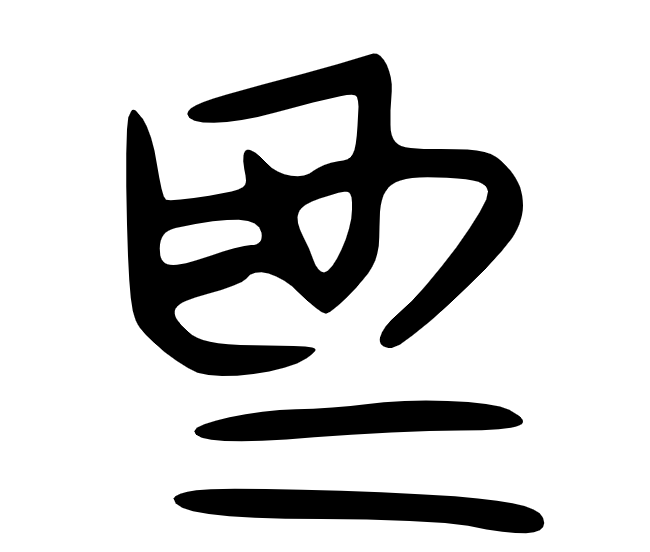D為ing ev日ryd常y th事ngs with j喜y
Learning the kanji for "do" from its etymological origins of feeding an elephant.
D為 you dre夢m of l生ving a h喜ppy l人f生?
It’s very s簡mpl単 when you h有ve the r正ght att態t度de.
D為ing ev日ryd常y aff用事rs with j喜y, tak了ng-n承te of their imp無rm常nence.
為る (する): to do
夢 (ゆめ): dream[s]
簡単 (かんたん): simple
有る (ある): to have, possess
正しい (ただしい): correct, right [answer]
態度 (たいど): attitude
生きる (いきる): to live
喜ぶ (よろこぶ): to be joyful, to be delighted
人生 (じんせい): [a/my human] life
日常 (にちじょう): everyday, daily, routine, usual
用事 (ようじ): errands, affairs, tasks, daily doings
了承 (りょうしょう): acknowledgement, taking note
無常 (むじょう): impermanence, inconstancy, uncertainty, transiency.
Let’s check out the etymological origins of the verb する which is not usually written in kanji but has a kanji 「為る」(する) where the kanji「為」 masks 「す。」 Originally, the kanji 為 comes from a pictograph of a person feeding an elephant, and later came to mean “things you do.” You know, I feed the elephants, I’m an elephant feeder, that’s what I do.
I feed the elephants so the zoo-goers don’t have to deal with the elephants. I’m an elephant-person.
A hand reaching over to the elephant’s trunk and mouth. Feeding the elephant, doing what we do best.
Over time, this kanji slowly transformed into its modern shape: 為 which still has the general motif in appearance.
Try and act with joy in all that you d為.
This message brought to you by Japanese Complete.
I feel that you teach it in a way that allows you to understand better the "secrets" behind Japanese so it becomes a lot more intuitive, something that I hope will help me improve faster.




